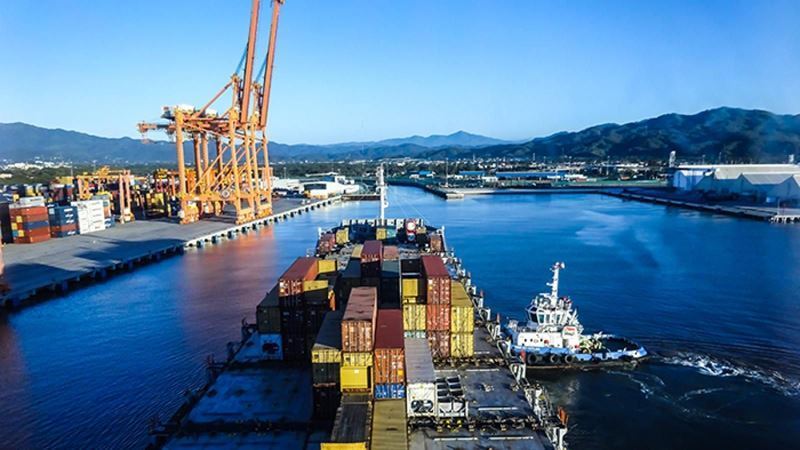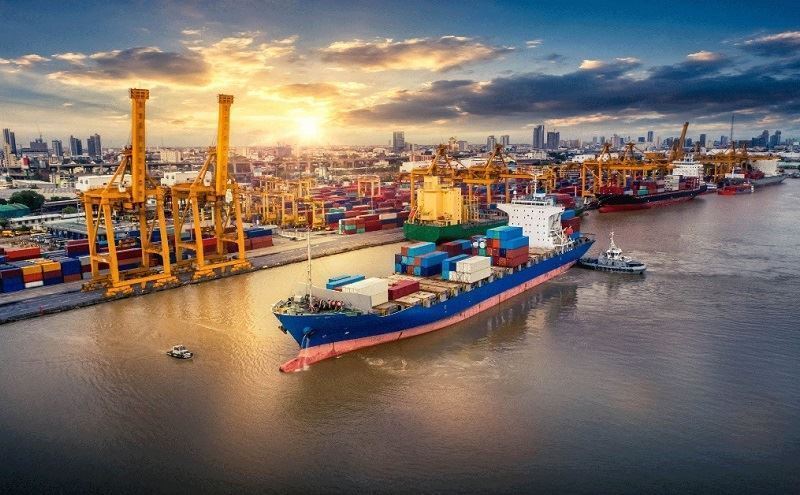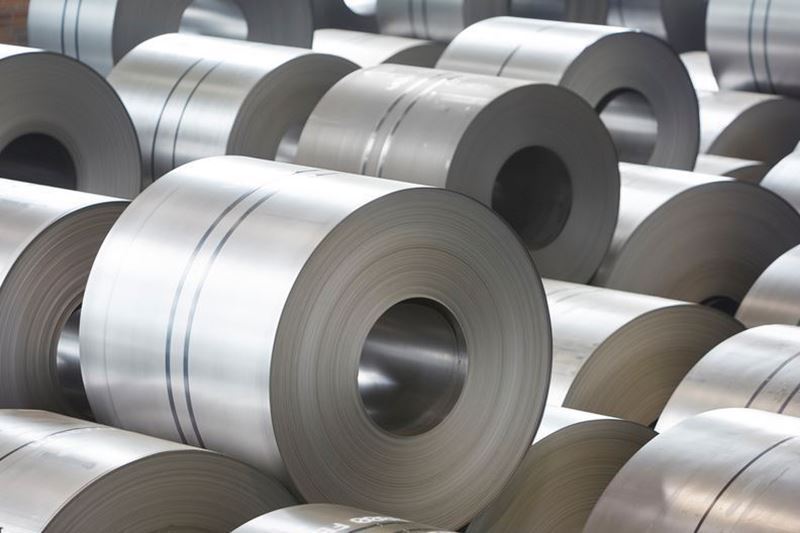More than three years ago, in February 2022, the governments of Ukraine and Türkiye signed a long-awaited Free Trade Agreement (FTA), concluding a 15-year marathon of trade negotiations. However, as of May 2025, the agreement remains pending final approval by Ukraine’s Verkhovna Rada (the sole legislative body of state power in Ukraine), while Türkiye ratified it in August 2024.
During a meeting with Turkish business representatives on March 13, Ukrainian President Volodymyr Zelenskyy stated that Ukraine is ready to ratify the FTA during the upcoming visit of Turkish President Recep Tayyip Erdoğan.
According to the FTA’s provisions, Türkiye will eliminate tariffs on 95% of the total number of goods exported by Ukraine. Additionally, tariff quotas or reduced tariffs will apply to 1,348 product lines. In return, the Ukrainian market will become 99.6% open to Türkiye.
The average tariff for Ukrainian goods in Türkiye is expected to drop from 28.9% to 10%, while for Turkish goods in Ukraine, it will decrease from 5% to 0.5%. As Türkiye’s average tariffs are nearly six times higher than those in Ukraine, the reduction should make Ukrainian goods more competitive and affordable in the Turkish market, offering Ukrainian producers access to a market of 85 million people.
An important provision allows Ukraine to retain the right to apply export duties on scrap metal, safeguarding domestic raw material supplies for its metallurgical sector. Simultaneously, Türkiye will open its market for Ukrainian metals, with 510 out of 840 metallurgical product lines subject to zero tariffs and an additional 130 lines to reduced tariffs—potentially enhancing Ukraine’s competitiveness compared to other suppliers.
Historically, Ukraine has maintained a positive trade balance with Türkiye, but recent years have seen a reversal due to significant disruptions in production capacity and the need to import building materials and equipment for reconstruction and recovery.
According to Ukraine’s State Statistics Service, in 2024, exports to Türkiye amounted to $2.21 billion, while imports reached $4.24 billion, resulting in a trade deficit of $2.03 billion. Compared to 2023, exports decreased by 6.8%.
The trend continued into the first quarter of 2025, with Ukrainian exports to Türkiye falling to $617.73 million (a 14.4% year-on-year decline), while imports rose to $1.21 billion (a 22% increase). This created a trade deficit of $596.73 million.
Ukrainian exports to Türkiye remain heavily focused on raw materials. In 2024, cereals accounted for $745.97 million (33.8% of total exports), vegetable fats and oils for $361.58 million (16.4%), and oilseeds for $262.58 million (11.9%). These three categories combined represented over 62% of Ukraine’s total exports to Türkiye.
In contrast, imports from Türkiye show greater diversification and higher value-added content. Leading imports in 2024 included mineral fuels ($603.5 million, 14.2%), ferrous metals ($511.8 million, 12.1%), electrical machinery ($265.2 million, 6.3%), machinery and equipment ($226.0 million, 5.3%), and land transport vehicles ($194.2 million, 4.6%).
The Ukrainian metallurgical sector stands to benefit from expanded access to the Turkish market. Exports of ferrous metals to Türkiye in 2024 amounted to $179.68 million, marking an 81.2% increase compared to 2023. The upward trend continued into the first quarter of 2025, with exports totaling $33.28 million (a 112.8% year-on-year increase). However, this remains significantly below pre-2022 levels, when Ukraine’s ferrous metal exports to Türkiye totaled $1.97 billion.
Meanwhile, imports of Turkish metal products continue to rise, reaching $511.8 million in 2024 and $147.8 million in the first quarter of 2025. This has created competitive pressure on Ukrainian producers, particularly due to higher domestic energy costs.









Comments
No comment yet.